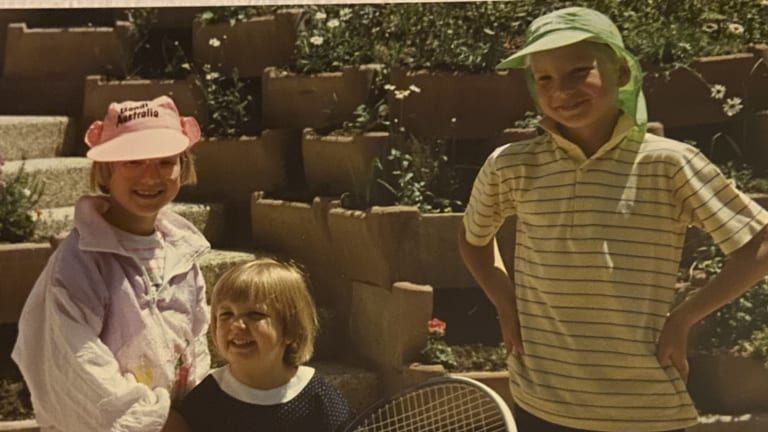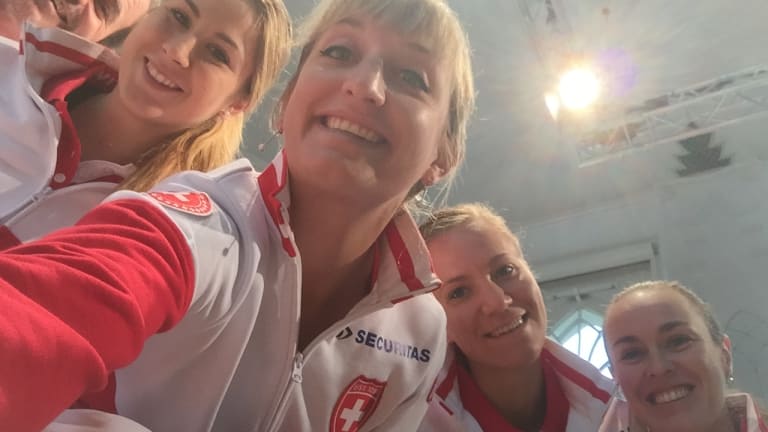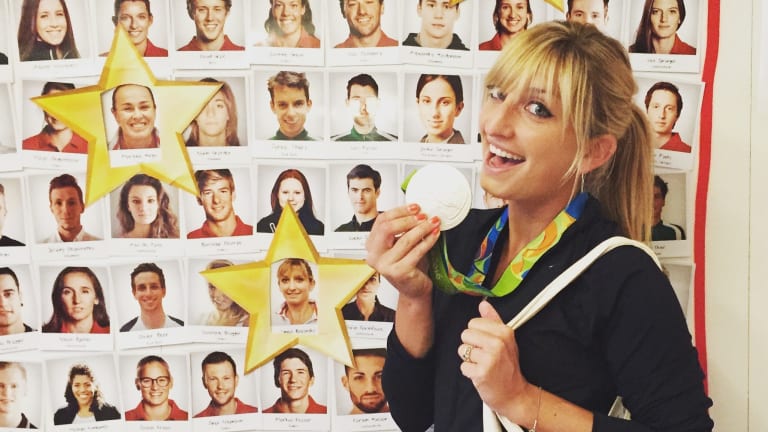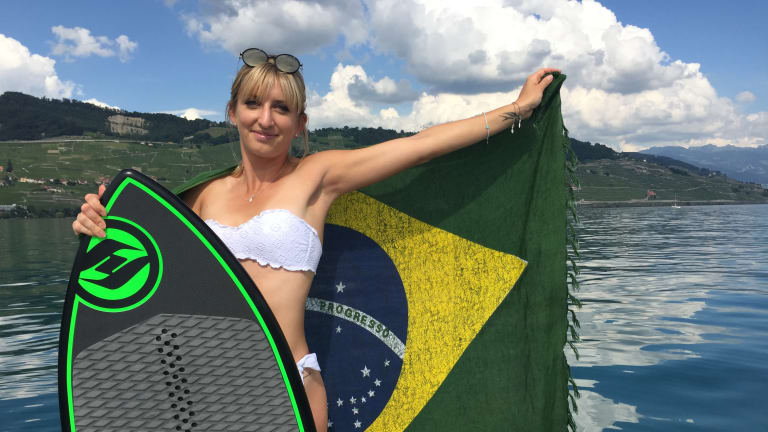“It’s a very, very, very long story.”
It always is with Timea Bacsinszky, a former No. 9 and Olympic silver medalist determined to leave the sport the way she played it. An interview is just another opponent for the beloved Swiss star, who trades spin for self-reflection to effortlessly craft answers that cover all dimensions of a question. Regardless of arena, the effect is the same: her audience—in this case, one enrapt reporter—is left utterly spellbound.
She often begins her extended musings with an urgent “I must say,” likely an unconscious rebellion against the stifling she suffered as an overloaded junior prodigy. It now serves as a testament to her “limitless” life motto, a command to be heard from a woman who speaks seven languages and has both experienced and enjoyed all her sport can offer.



